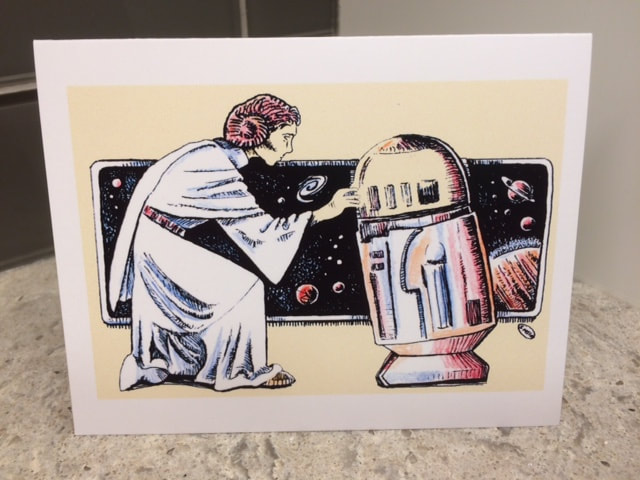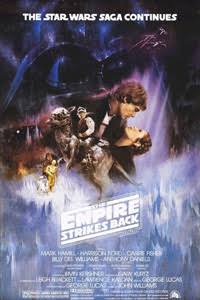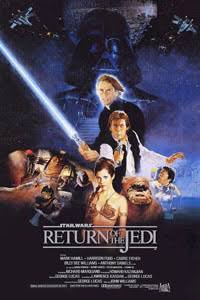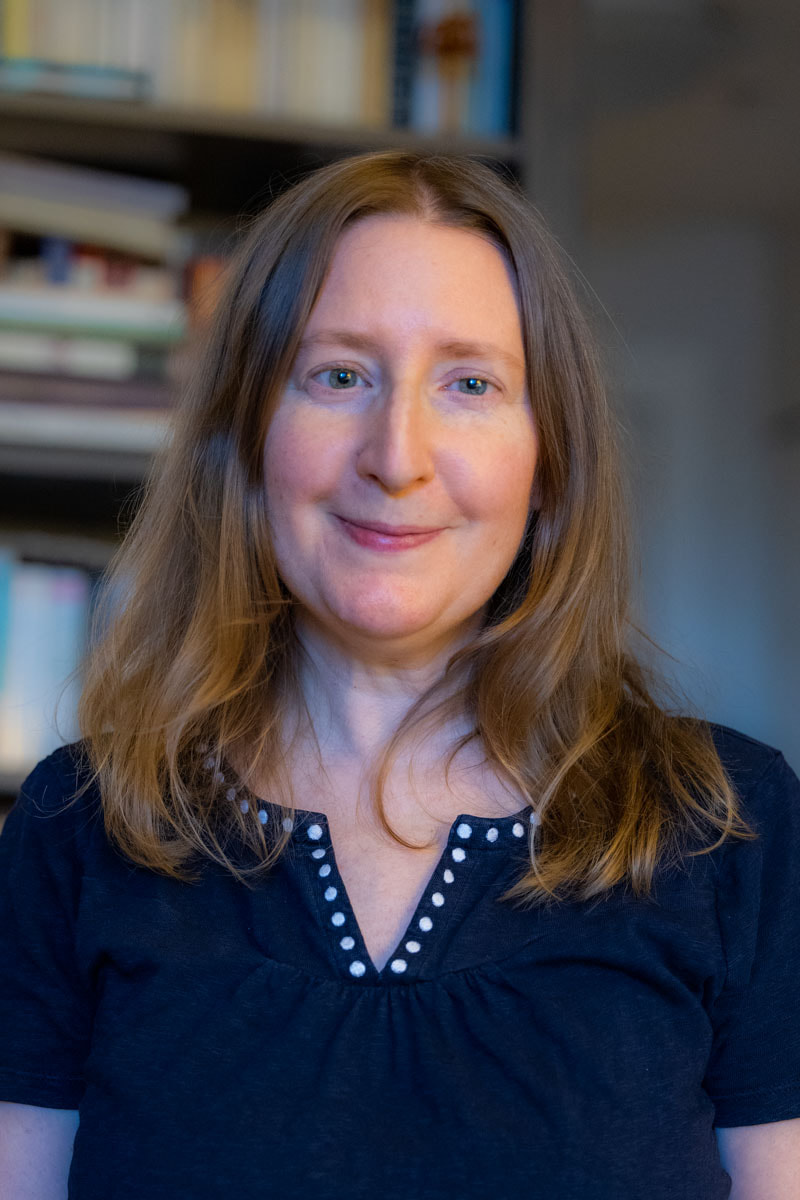|
The first Star Wars movie I saw growing up, Star Wars: Episode IV – A New Hope (1977), included just two female characters: Princess Leia and aunt Beru. One was murdered near the beginning and the other was abducted, sequestered and threatened with death by men. They never spoke to each other, so A New Hope failed the Bechdel test (a test that serves as an indicator of the active presence of women in movies). It scored poorly for women's presence and voice. Then came The Empire Strikes Back (1980)--another Bechdel test fail (no two women ever speak). Finally there was Return of the Jedi (1983)—yet another fail (still no two women speaking to each other). A pattern had been established.
Clearly, for the filmmakers of Star Wars, having women speak to each other was not a priority. Having women speak period did not seem to be something they were interested in. In an article by Julia Baird that appeared in the New York Times in 2016 Baird wrote, "If you took Princess Leia out of ‘Star Wars,’ the total speaking time for female characters is 63 seconds out of the original trilogy’s 386 minutes.”[1] There was, however, time to sexualize and harm them. All the the Star Wars' films include violence against women (VAW). As a teenager I enjoyed the original Star Wars trilogy, which I have watched countless times. As an adult it has become impossible to ignore all the things that were not on my radar all those years ago (i.e. the sexism, the VAW and the silencing). For women and girls it isn't a great thing that the Star Wars trilogy had a major impact on pop culture and more than one generation of moviegoers and filmmakers. Something to keep in mind on May the 4th. [1] The New York Times, How to explain Mansplaining, April 20, 2016, Julia Baird © 2018 Alline Cormier
0 Comments
Leave a Reply. |
Categories |




 RSS Feed
RSS Feed